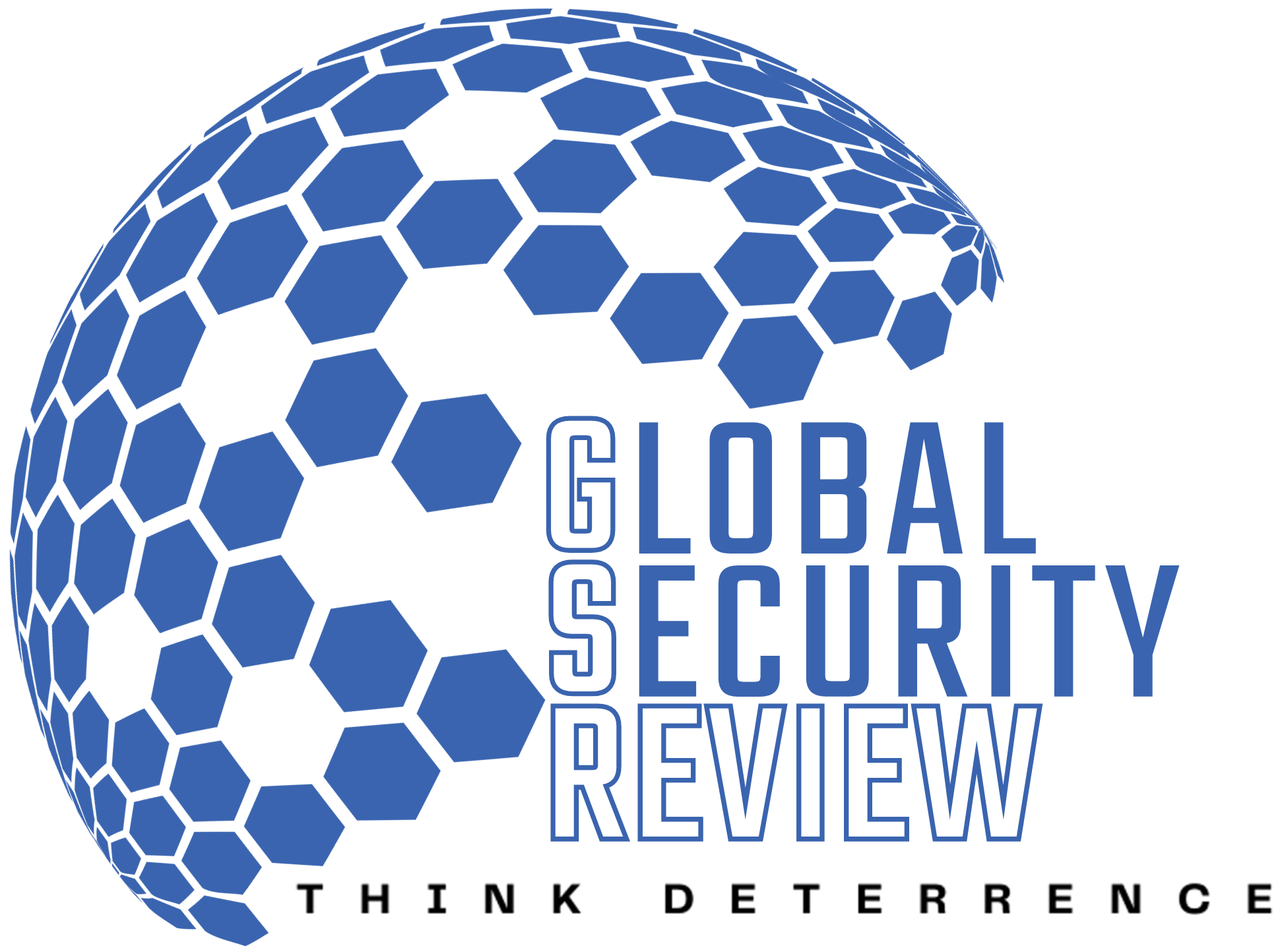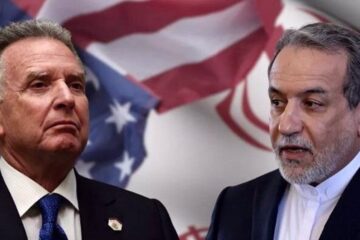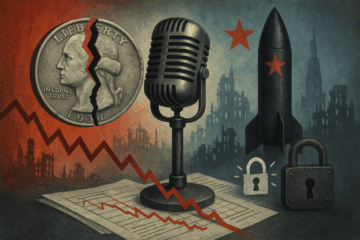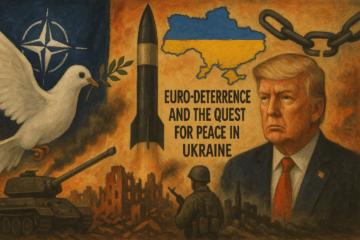Extended nuclear deterrence is a central tenet of America’s post–World War II strategy. For the first time however, it is being seriously questioned in both Europe and the Asia-Pacific.
The international system is now firmly bipolar, with China’s global power rapidly increasing at a time when Russia regularly threatens to use nuclear weapons against the North Atlantic Treaty Organization (NATO), influencing the administration of President Donald Trump. The combined Chinese and Russian threats are leading President Trump to warn of a possible World War III.
American power is increasingly contested, bringing new operational challenges to extended deterrence. A fundamental question is now in play—should the US abandon the Nuclear Non-Proliferation Treaty (NPT) it created in 1960s and instead push its allies to field nuclear weapons?
Allies are already reconsidering their nuclear stance. In the Asia-Pacific, American ally Australia provides useful historical insights.
From the late 1940s to the early 1970s, Australia sought to acquire nuclear weapons in response to an unstable international order where it felt threatened by China. In 1967, Secretary of US Defense Robert McNamara said it would be “entirely natural” and “an obvious thing to happen” for Australia to acquire nuclear weapons in response to China developing them. He also expressed interest in establishing a collective nuclear organization for the Far East, “starting with Australia and the Philippines.”
Indeed, Secretary of State Dean Rusk earlier suggested a “US-supplied Far Eastern nuclear stockpile” open to Japan and India. In 1958, others proposed the US could base intercontinental ballistic missiles (ICBMs) in Australia, in the event the US decided to keep tight control of nuclear weapons in its own hands and actively worked to push its allies to agree to the NPT treaty.
There were similar debates around friendly nuclear proliferation in Europe around the same time. Aiming to regain leadership in Europe, the US proposed a multilateral nuclear force within NATO. While there were doubts over its military utility, the diplomatic discussions that started around sharing nuclear hardware and control did allow time to develop a European non-proliferation solution. In 1966, the NATO nuclear planning group was established, allowing some European allies to be involved in how and under which circumstances American weapons might be used.
The structural changes in the international system that prompted these earlier ideas are happening again. It is time to start thinking seriously about the next steps to take. The nuclear history noted suggests three broad approaches.
First, allies might build their own nuclear forces. The logic is that in a high-intensity conflict between the US and a nuclear power, the adversary may target American allies with nuclear weapons. Such an escalation demonstrates an adversary’s willingness to coerce allies into ceasing support for the United States.
This is the worst-case scenario that extended deterrence was created to prevent. If allies seriously doubt American credibility, fielding independent nuclear forces is a solution. Indeed, economically challenged Pakistan and North Korea took this path already. For America’s allies, acquiring nuclear forces may be a lower cost option than growing their conventional forces.
Second, allies might work together to devise a modern multilateral nuclear force as considered in 1960s Europe. In the Pacific, Australia considered working with Britain on nuclear weapons in the late 1940s and 1950s; some still favor this effort. In that regard, Japan and Australia have recently acquired Tomahawk cruise missiles, which the US armed with nuclear warheads to deter Russia in the 1980s. Such weapons might be a starting point for an allied nuclear force in the eastern Pacific. As noted, the US considered deploying ICBMs in the Australian outback.
Third, another option, arguably better for American global leadership, is to address the allies’ deepening concerns over extended deterrence. This would involve the current administration actively reassuring allies that it still places importance on existing security treaties, increasing nuclear sharing and including more nations in nuclear planning, especially in the Pacific. Such steps would be at marginal cost to the US.
The most important might be nuclear sharing as this appears a tangible example of commitment. Of course, nuclear sharing is actually a misnomer since the US shares in the employment of certain nuclear weapons. It retains full control of the weapons prior to an authorization to strike a target.
The US could increase nuclear sharing with Pacific allies, such as Australia, Japan, and South Korea, and broaden out to other NATO nations like Poland and the Scandinavian nations, which appear to be Russia’s next target after Ukraine. These nations could then reciprocate in hosting US nuclear weapons as Belgium, Germany, Italy, and the Netherlands do now.
This discussion hinges on American ambitions for global leadership. As the Trump administration pushes allies to bare a greater share of their own security while attempting to close a $2 trillion annual deficit, the US must necessarily cut costs everywhere. Thus, American allies must take a realistic look at what President Trump is seeking to accomplish with the federal budget and understand that they must step into the breach while the US sets its house in order.
Sometimes, a great power must admit that it may be in its interests to change direction and push its allies down a new, different path. In that case, the Trump administration might declare the NPT finished and instead encourage its allies to go nuclear.
Dr. Christine Leah is a Fellow at the US National Institute for Deterrence Studies and has worked on nuclear issues at Yale, MIT, and RAND and in London, Singapore, and Canberra. She is the author of The Consequences of American Nuclear Disarmament and Australia and the Bomb. Dr. Peter Layton is Visiting Fellow at the Griffith Asia Institute and an Associate Fellow at the Royal United Services Institute. He is author of Grand Strategy and coauthor of Warfare in the Robotic Age.






